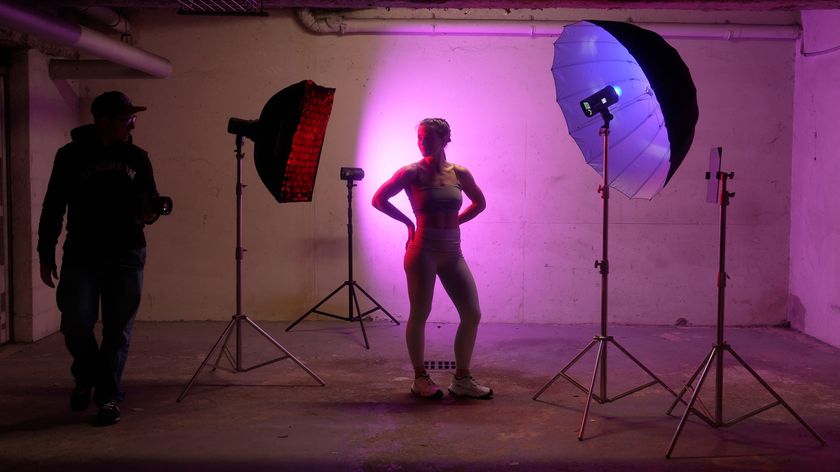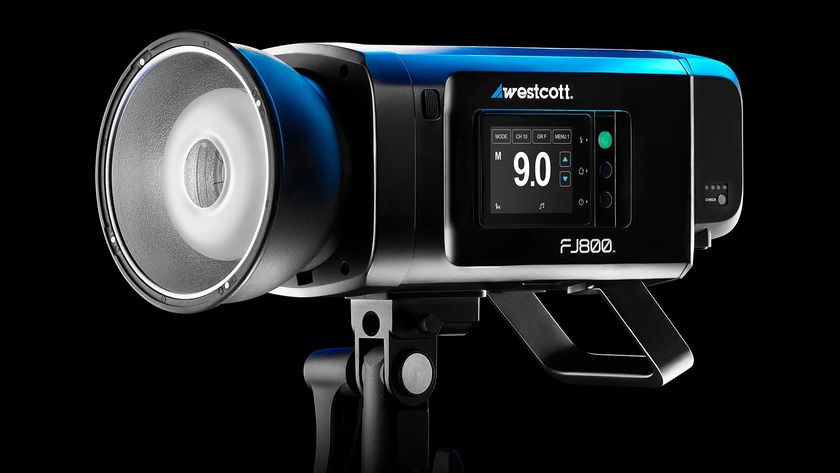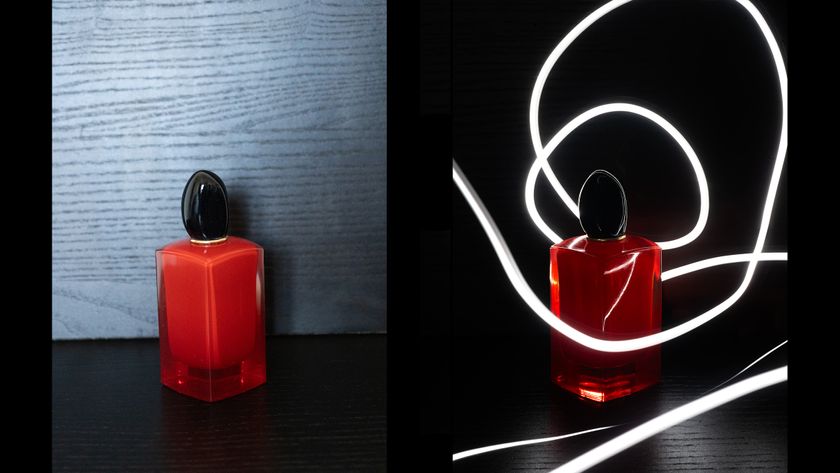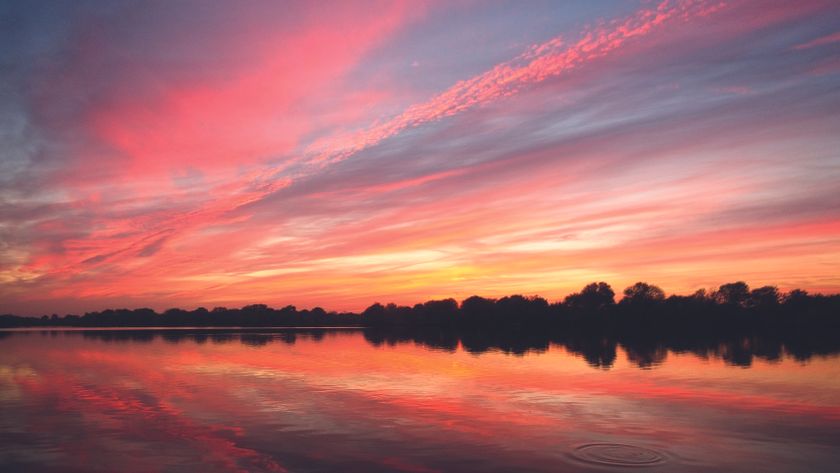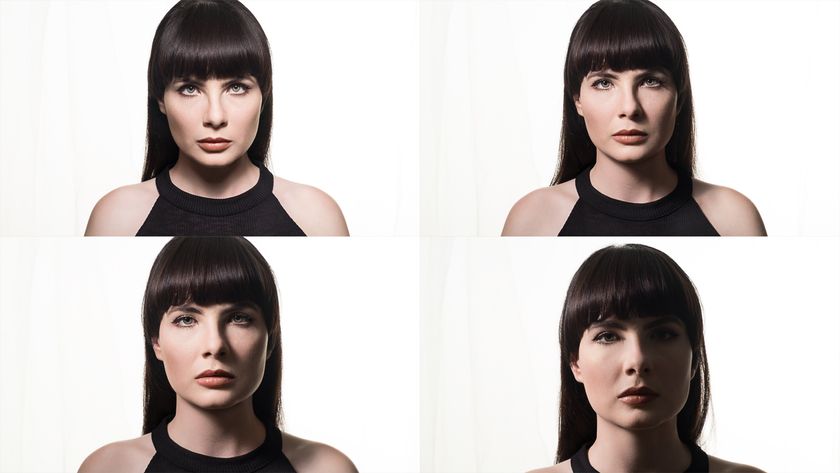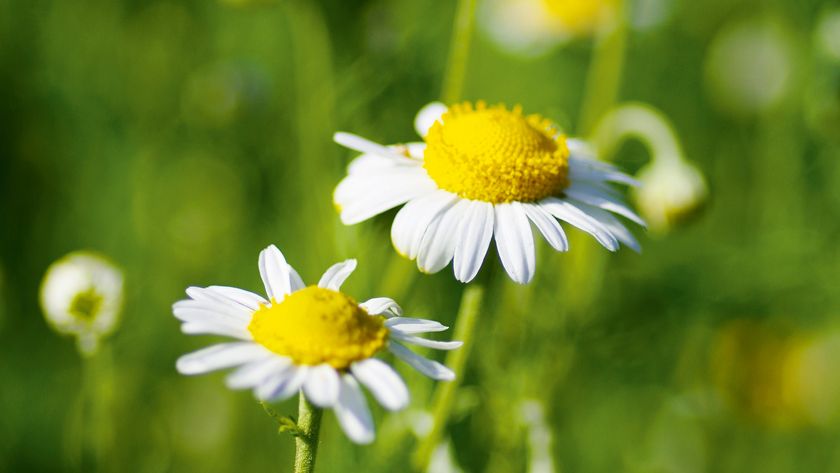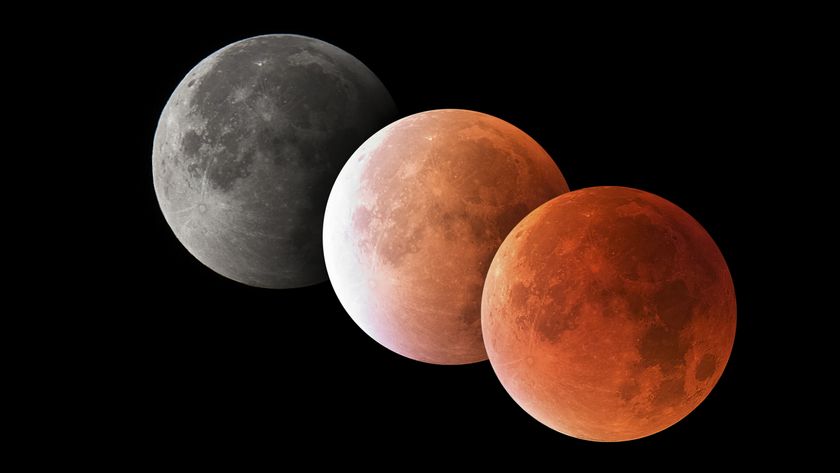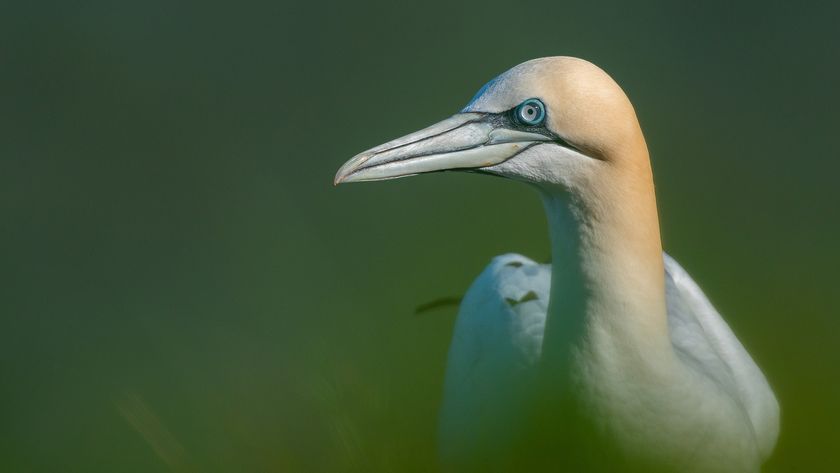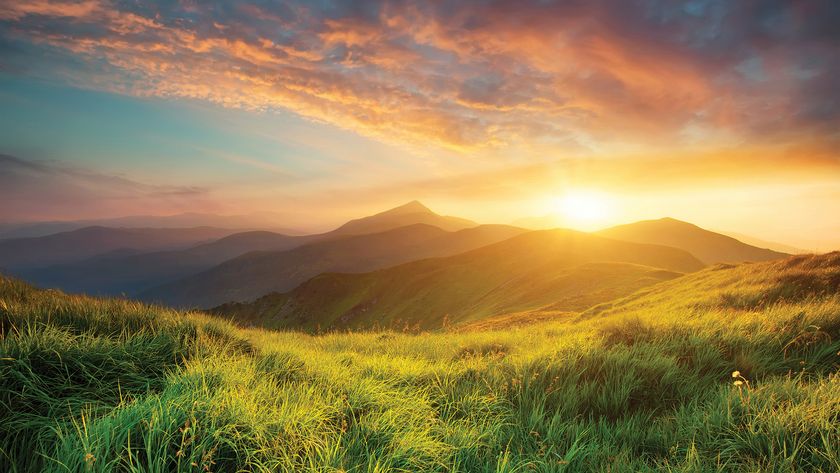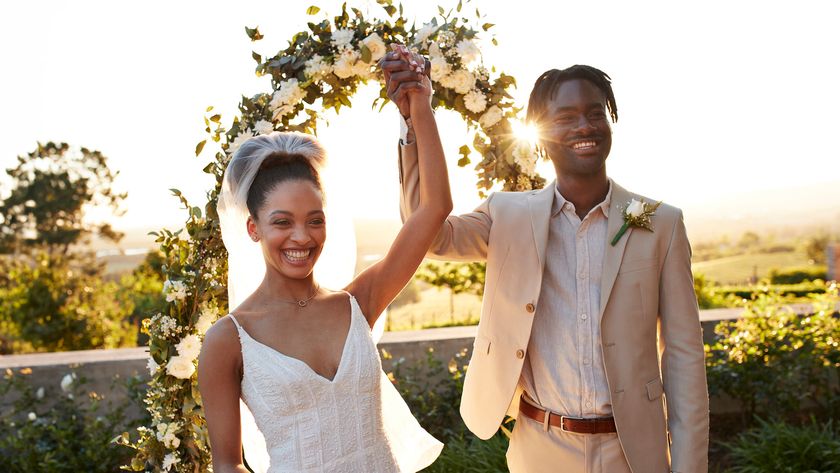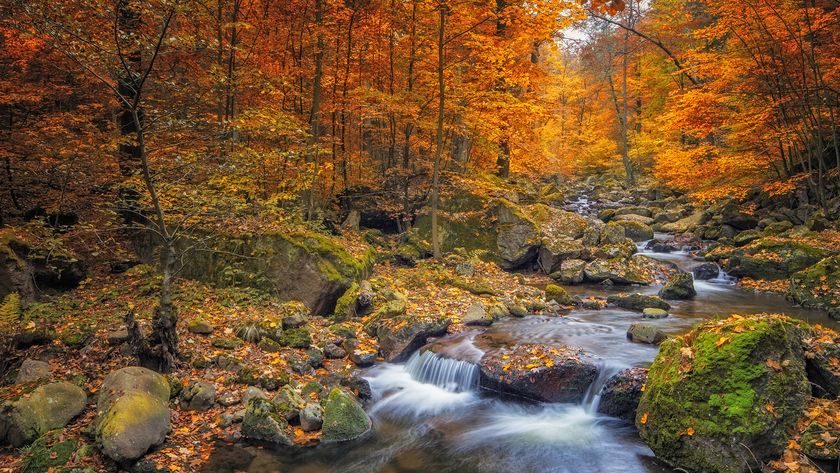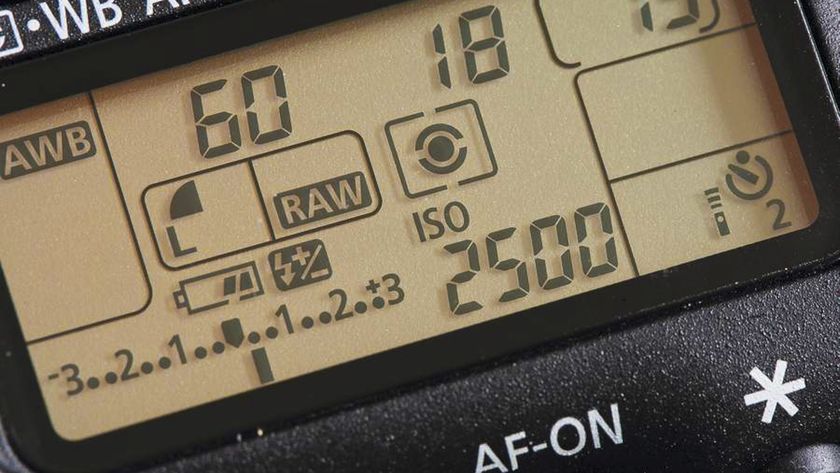Backyard photography ideas: tips for shooting light orbs after dark
Goodness, gracious – create great balls of photographic fire with our light painting tips for shooting orbs in your backyard
Watch the video: Light painting tips – how to photograph light orbs
Shooting light orbs is a great way to give your long-exposure twilight shots a unique twist. It’s one of those effects that ensures everyone who sees the results is going to ask, “How did you do that?” The answer is quite simple: you swing a piece of string with a torch attached and create these wonderful floating light spheres.
There are plenty of suitable locations for this technique, from coastal scenes and landscapes to cityscapes and derelict interiors. We found this Seventies-style multi-storey car park to be ideal – the concrete urban scene is just begging to be reinvigorated with a colorful light globe or two.
In principle the technique is pretty easy to master, but it does take a bit of practice before you start producing good orbs. It’s a question of trial, error and patience. So, using nothing more than a tripod, a cable release, a camera, some string and a flashlight, here’s how you photograph light orbs…
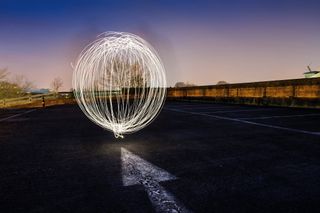

01 When and where
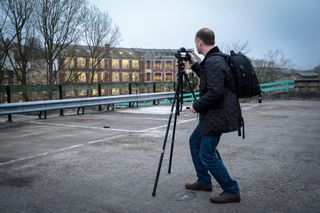
Just after dark is the time for this technique. If you get the timing and weather conditions right, you can capture a lovely blue hue in the sky. Get to your scene before dusk so that you can set up while there’s a still a little light; this will also make composing your image much easier. We shot this in an empty parking lot – but any open space will do – even your backyard or a large living room.
02 The set up
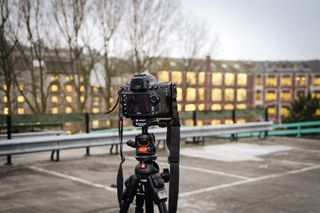
The exposure will last for about a minute, so a tripod is essential. As you’ll need to switch the shutter speed to Bulb mode for exposures longer than 30 seconds, a cable release is vital so that you can lock your shutter open. Start with an aperture of f/8 and ISO200.
03 Long exposure tips
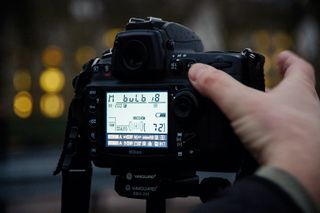
Take a test shot with a one-minute exposure to see what the overall exposure looks like. (You’re not creating a light globe at this stage.) You can use the Bulb mode for long exposures and time them manually.
04 Lighting
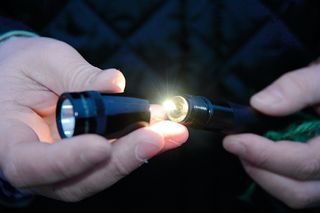
You’ll need a torch or flashlight – we’re using a Maglite with the bulb exposed. Simply attach it to a piece of string about one meter long. It’s worth experimenting with other types of torch; LED lights and some powerful bike lamps can make fantastic light orbs.
05 Swing it

Turn your flashlight on and, keeping the light concealed, walk into the frame to the point where you want the sphere to appear. Once you’re in position, let the torch fall and start swinging it in a full circle. As you’re swinging it, move your body through a full 360 degrees.
06 Don’t stop moving
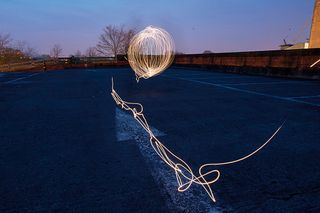
It’s important to keep your body moving so that it’s not recorded in the shot – wearing dark clothing will help prevent you appearing in the frame. Unless you’re very lucky you probably won’t nail the technique in your first shot, so be prepared to practice and take plenty of shots!

More videos:
11 fantastic photo projects to try indoors during the Covid-19 crisis
Photography tips and techniques videos
Star trail photography: tips for achieving amazing astrophotography shots
Water drop photography: freeze water splashes with off-camera flash
Get the Digital Camera World Newsletter
The best camera deals, reviews, product advice, and unmissable photography news, direct to your inbox!
Benedict Brain is a UK based photographer, journalist and artist. He graduated with a degree in photography from the Derby School of Art in 1991 (now University of Derby), where he was tutored and inspired by photographers John Blakemore and Olivier Richon, amongst others. He is an Associate of the Royal Photographic Society and also sits on the society’s Distinctions Advisory Panel.
Until July 2018 Benedict was editor of Britain’s best-selling consumer photography magazine, Digital Camera Magazine. As a journalist he met and interviewed some of the world’s greatest photographers and produced articles on a wide range of photography related topics, presented technique videos, wrote in-depth features, curated and edited best-in-class content for a range of titles including; Amateur Photographer, PhotoPlus, N-Photo, Professional Photography and Practical Photoshop. He currently writes a regular column, The Art of Seeing, for Digital Camera magazine.
